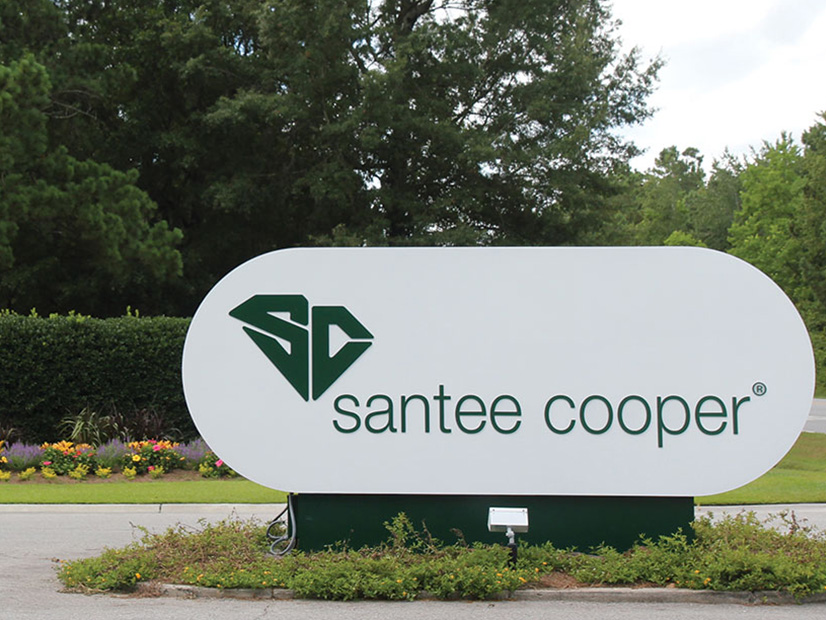
FERC on Dec. 30 approved a settlement between South Carolina Public Service Authority (Santee Cooper) and SERC Reliability under which the state-owned utility will have to pay $40,000 for violations of NERC reliability standards.
NERC submitted the settlement to the commission at the end of November in a spreadsheet Notice of Penalty, along with settlements between SERC and Louisville Gas & Electric, and between ReliabilityFirst and CenterPoint Energy (NP22-6). The latter settlements did not carry any monetary penalties.
FERC indicated last week that it would not review the agreements — in addition to separate NOPs concerning settlements between RF and American Electric Power, and between WECC and NaturEner Wind Watch — leaving the penalties intact. (See AEP to Pay $570K in NERC Penalties.)
Santee Cooper’s settlement concerns FAC-009-1 (Establish and communicate facility ratings), specifically requirement R1, which states that transmission owners and generator owners must “establish facility ratings for [their] solely and jointly owned facilities that are consistent with the associated facility ratings methodology.” The utility self-reported in 2018 that it had violated the standard; SERC later determined that the infringement also involved requirement R6 of FAC-008-3 (Facility ratings), which superseded the earlier standard in 2012.
During a review of facility ratings prior to a SERC audit, Santee Cooper “discovered four instances of incorrect element ratings at one substation”; as a result the utility’s facility ratings did not match its methodology. Correcting the element ratings led to three facility rating increases and one decrease. As part of the audit, SERC later conducted a walk-down of the substation and found seven additional incorrect element ratings, though these did not affect the facility rating.
An extent-of-condition review and walk-down of all of Santee Cooper’s generation and transmission facilities after the audit revealed incorrect facility ratings at 18 of 319 transmission facilities (including the one that the utility discovered before the audit). Misratings were also found at nine of Santee Cooper’s generating units.
Santee Cooper found that the oldest incorrect facility rating dated to June 2007, when FAC-009-1 took effect. The utility finished revising all incorrect element and facility ratings by March 18, 2021.
SERC determined that the root causes of the violations were “deficient procedure at [Santee Cooper’s] generating facilities and inadequate training at its transmission facilities.” In the case of the generating facilities, the procedure did not identify “specific instances where [Santee Cooper] should use a calculation instead of manufacturer nameplate values or when multiple elements could be considered in a single rating.” Business units associated with the transmission facilities were not aware of the utility’s process for communicating changes to the transmission system.
In addition to correcting the element and facility ratings, Santee Cooper conducted several mitigating actions. First, it gave the transmission project management and area engineering business units more visibility into the facility rating process by adding their representatives to the model validation and dynamics review team; now the team “includes representation from all areas that have a key role in the facility ratings process.” The utility also established a team focused on minimizing data discrepancies between database and field assets, comprising representatives from multiple departments.
In addition, Santee Cooper undertook a standardization of database and field assets and equipment inputs, along with an annual internal control targeted at validating at least 20% of its transmission facilities every calendar year. Moreover, the entity revised its generation facility ratings methodology to “provide clarity” on such factors as the use of nameplate ratings rather than calculations and how to evaluate generator step-up transformers.
SERC also applied mitigating credit for Santee Cooper’s internal compliance program, which it said “includes strong oversight and an ongoing internal control to walk down 20% of its facilities every year.” The regional entity found no previous instances of noncompliance to warrant aggravating the penalty.


